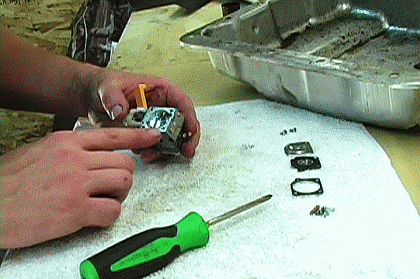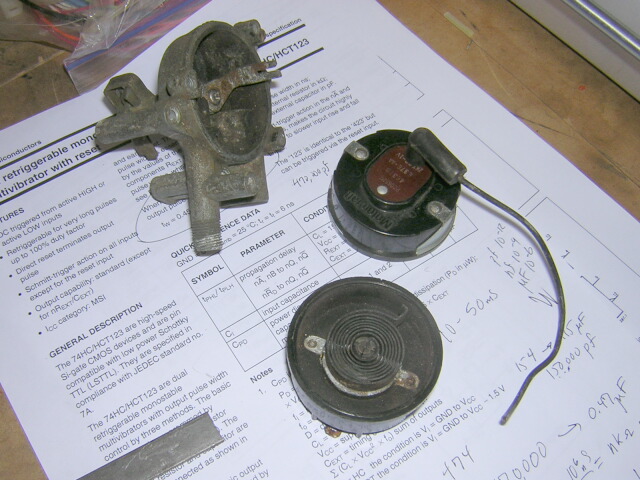 the ecu ( electronic control unit) is the brains of the car as it controlls the eletricals of boat or vehical. it is used to controll the fuel injectors, sensors, pumps etc. there are sevral sensors on the engin such as o2 sensor, tpr ( throthle positon switch) , air temp sensor, mass air flow sensor, map sensor. the readings that the ecu gets from these sensors helps the ecu to make changes to the engin so it runs to how it was programed. for example if the o2 sensor is picking up to much oxogen it will send that messge to the ecu, the ecu will then adjust the air fuel ratio in the intake system to make sure the engin is running more efficantly. ecu's are not cheap and can cost anywere from 2grand and up. also when putting a new ecu in it has to be programed right as miss calculations can resault in lack of power or a out of time engin.
the ecu ( electronic control unit) is the brains of the car as it controlls the eletricals of boat or vehical. it is used to controll the fuel injectors, sensors, pumps etc. there are sevral sensors on the engin such as o2 sensor, tpr ( throthle positon switch) , air temp sensor, mass air flow sensor, map sensor. the readings that the ecu gets from these sensors helps the ecu to make changes to the engin so it runs to how it was programed. for example if the o2 sensor is picking up to much oxogen it will send that messge to the ecu, the ecu will then adjust the air fuel ratio in the intake system to make sure the engin is running more efficantly. ecu's are not cheap and can cost anywere from 2grand and up. also when putting a new ecu in it has to be programed right as miss calculations can resault in lack of power or a out of time engin.MASS AIR FLOW SENSOR
 a mass air flow sensor measures the amount of air flow into the engin. the sensor is mounted in between the air cleaner system. the point of having a mass air flow sensor is so that the ecu can record how much air is being sucked into the throtle body so it knows how much air there is for the combustion process.
a mass air flow sensor measures the amount of air flow into the engin. the sensor is mounted in between the air cleaner system. the point of having a mass air flow sensor is so that the ecu can record how much air is being sucked into the throtle body so it knows how much air there is for the combustion process.AIR TEMP SENSOR
 a air temp sensor is used on a fuel injection system. the sensor is used to help the computer to calculate the density of the air. so when the air heats up the air becomes less dens there for making the computer pump less fuel through the injecters. without an air temp sensor or a faulty sensor it can be telling the ecu the wrong thing making the ecu pump either to much fuel or not enogh fuel through the injectors.
a air temp sensor is used on a fuel injection system. the sensor is used to help the computer to calculate the density of the air. so when the air heats up the air becomes less dens there for making the computer pump less fuel through the injecters. without an air temp sensor or a faulty sensor it can be telling the ecu the wrong thing making the ecu pump either to much fuel or not enogh fuel through the injectors. a tps runs off the ecu to the throtle shaft on the throtle body. its tells the ecu how far the throthle (butterfly valve) is open so that the messurment of air that is flowing into the intake manaflod can help with the amount of fuel the ecu signals to pump into the injecters. a broken or faulty tps can resault in a shutter or jumpy idle and can have bursts of fuel into the boar because the tps has said that the throtle was wide open so a larger amount of fuel was needed there for flooding the engin, reducing power.











